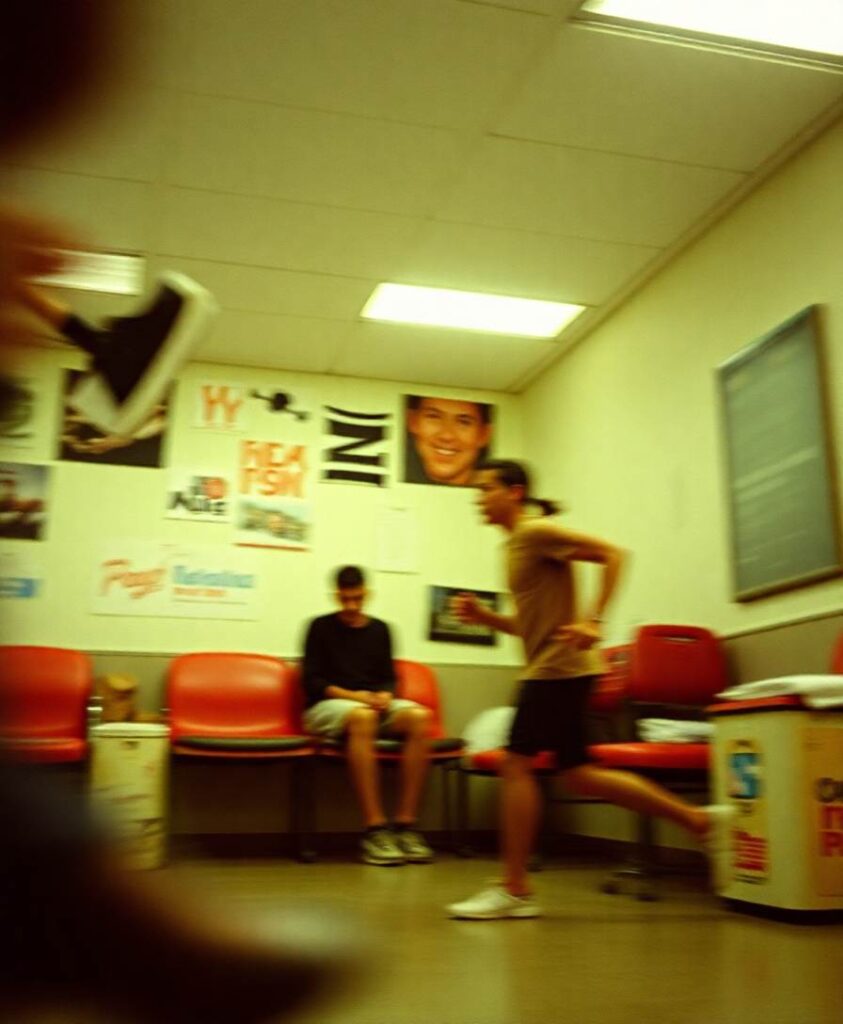Revisiting the MotionWatch8©: Calibrating Cut-Points for Measuring Physical Activity and Sedentary Behavior Among Adults With Stroke
Poor sleep quality, low physical activity (PA), and high sedentary behaviour (SB) are common following stroke, which can limit stroke recovery and contribute to greater cognitive decline post-stroke. There is also increasing evidence that sleep quality, PA, and SB are dynamically related to each other and to cognitive health. Hence, the sleep quality, PA, and SB of adults with stroke should be measured concurrently using objective methods. One currently available method for objectively measuring PA, SB, and sleep is the MotionWatch8© (MW8), a wrist-worn accelerometer we have previously shown has evidence of validity and reliability for healthy older adults. However, adults with stroke can have significant mobility restrictions (depending on stroke severity) and thus it is important to determine separate PA and SB cut-points for adults with stroke, as well as validate separate cut-points 1) when the MW8 is worn on the stroke affected side compared to the non-affected side; and 2) for adults with mild stroke versus adults with moderate-to-severe stroke. In the current study, we concurrently measured MW8 actigraphy (worn on both the stroke affected side and the non-affected side) and indirect calorimetry during 10 different activities of daily living for 43 adults with stroke (aged 55-87 years). Using intra-class correlations, we first investigated the reliability and consistency of the MW8 when placed on the stroke affected side as compared to the non-affected side for 1) all participants irrespective of stroke severity; 2) participants with mild stroke, classified as a Fugl Meyer motor score of ≥ 79/100; and 3) participants with moderate-to-severe stroke (i.e., Fugl Meter
Anne-Marie is a French-Canadian philosopher from New Brunswick, delving into existential questions of human purpose and fulfillment. Her contributions encourage reflective practices for realizing potential, inspired by Acadian resilience and communal wisdom.


